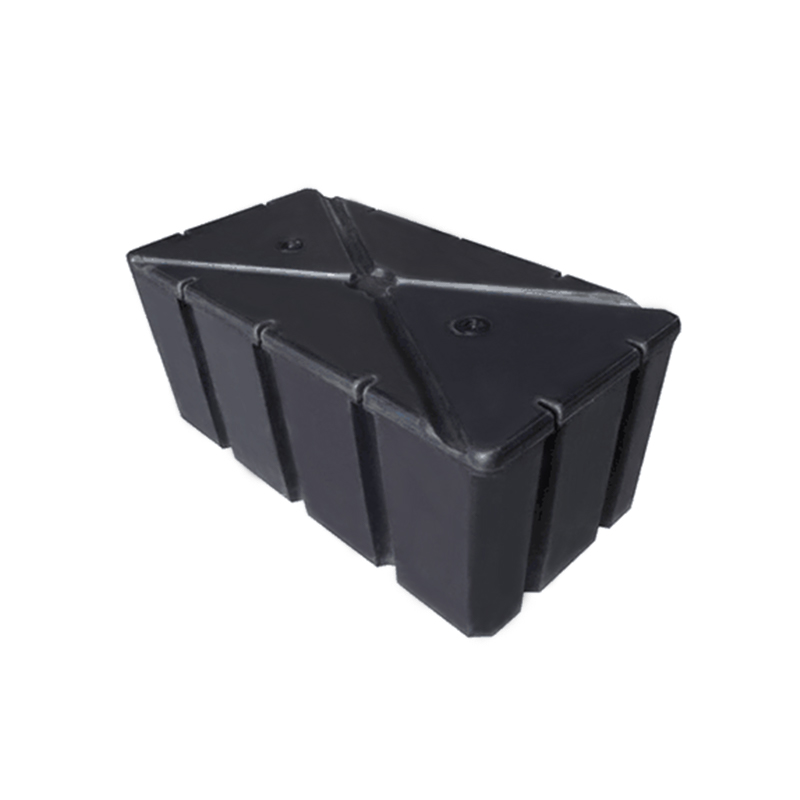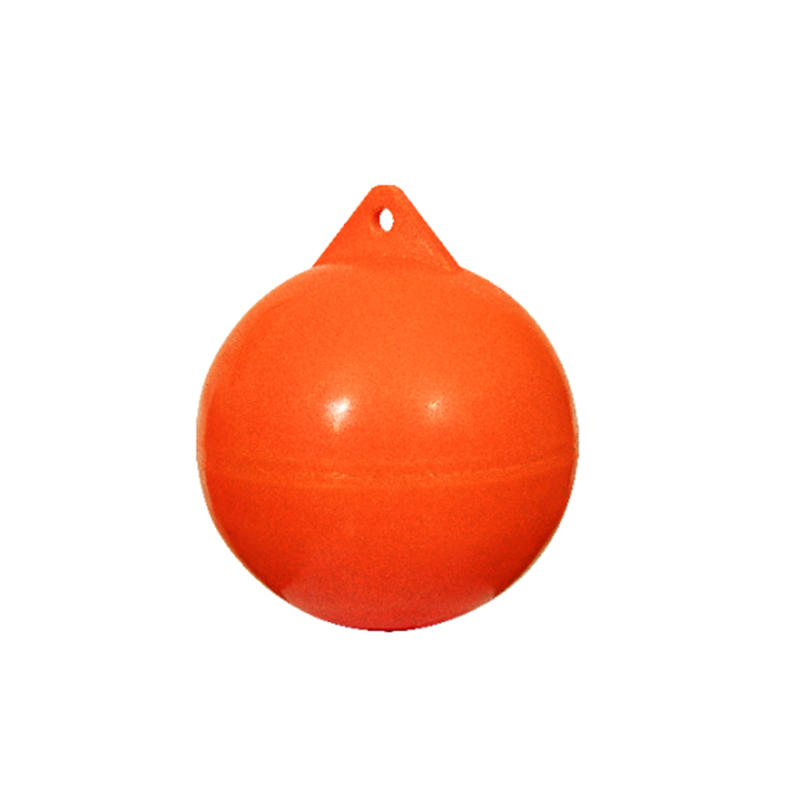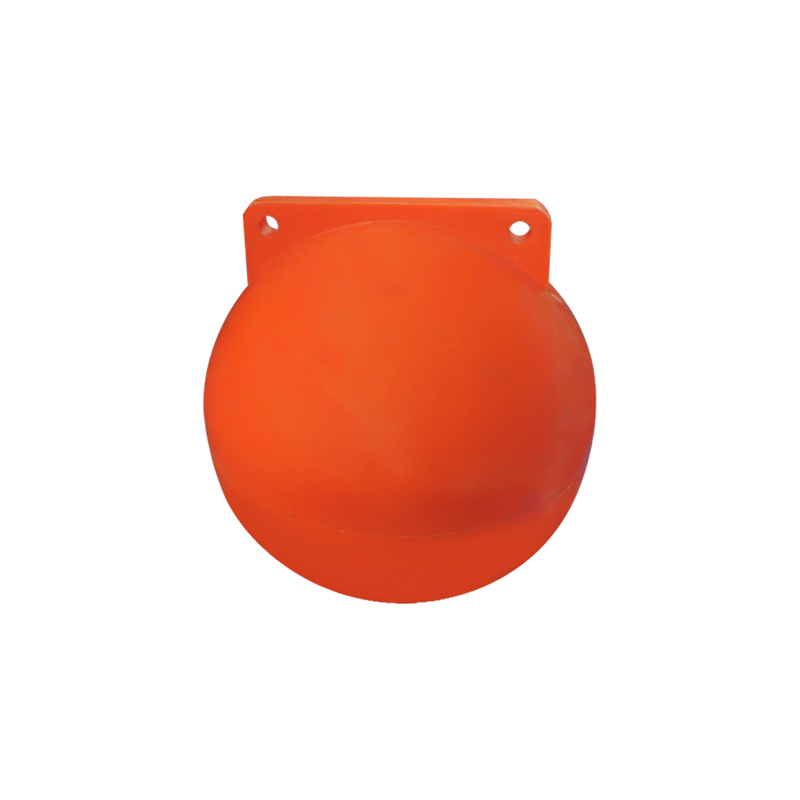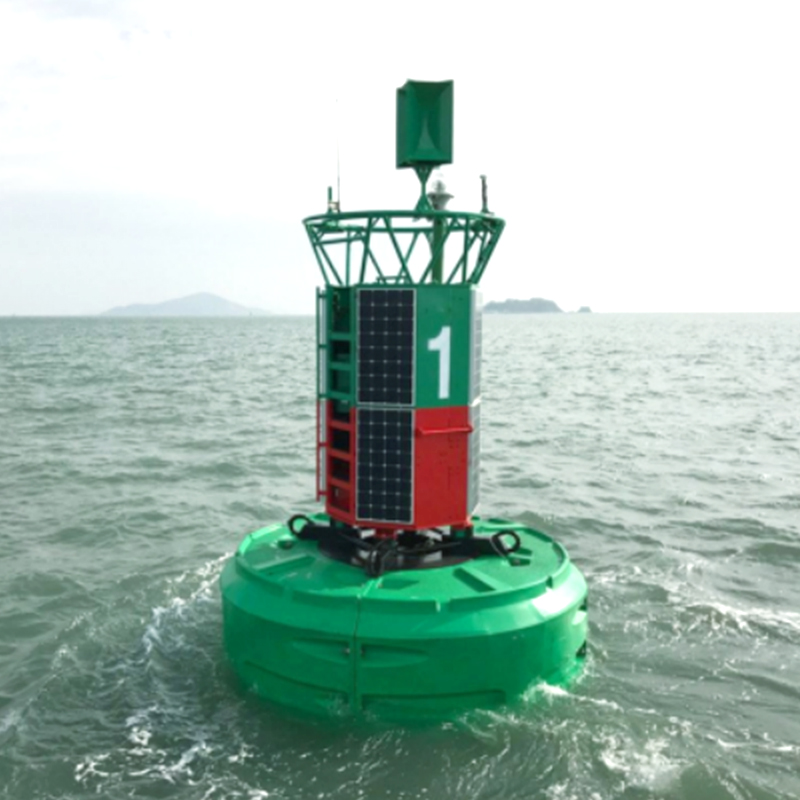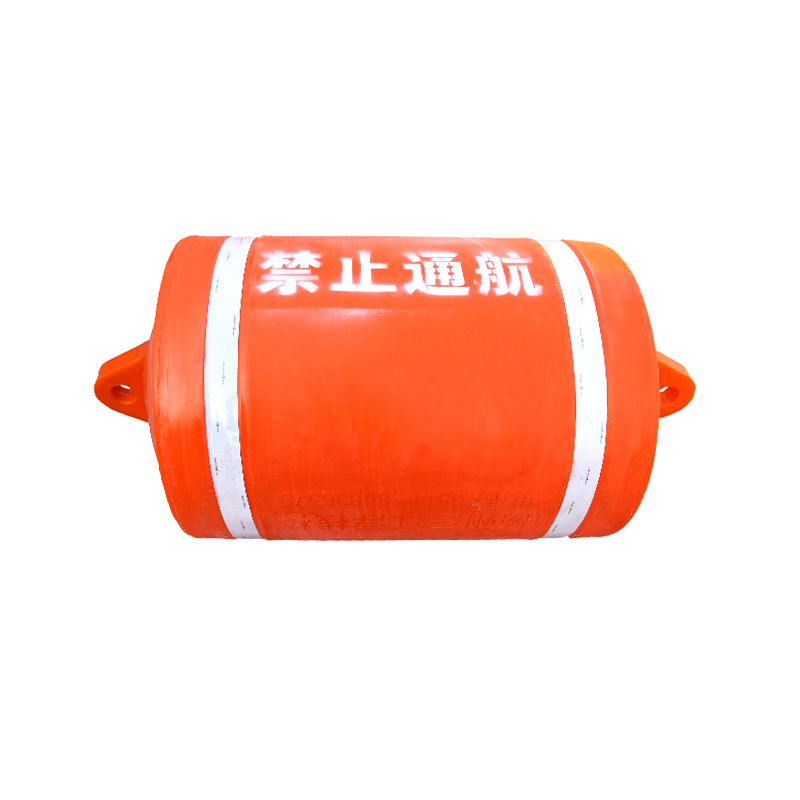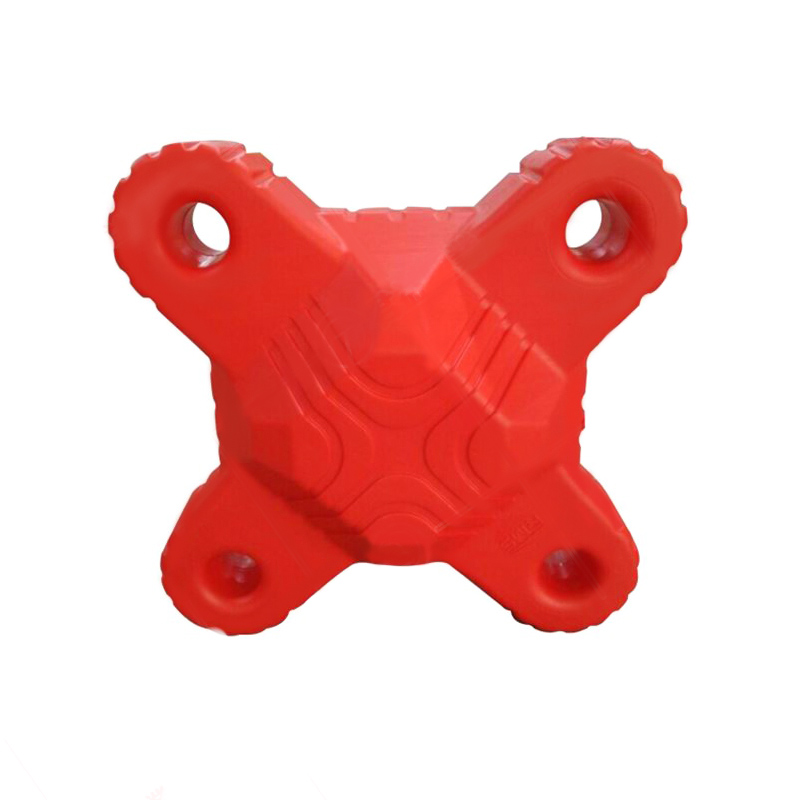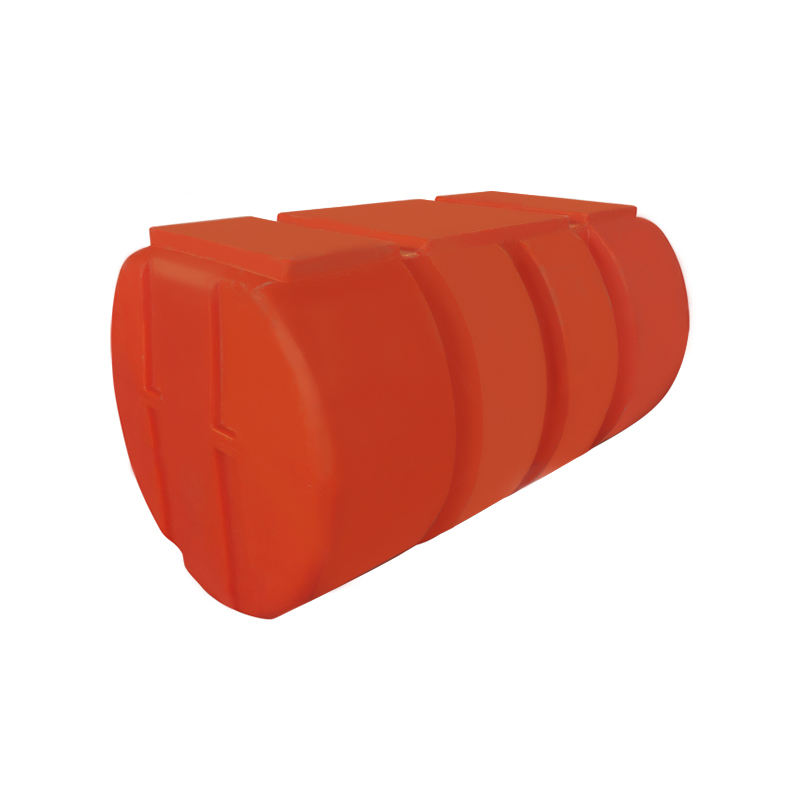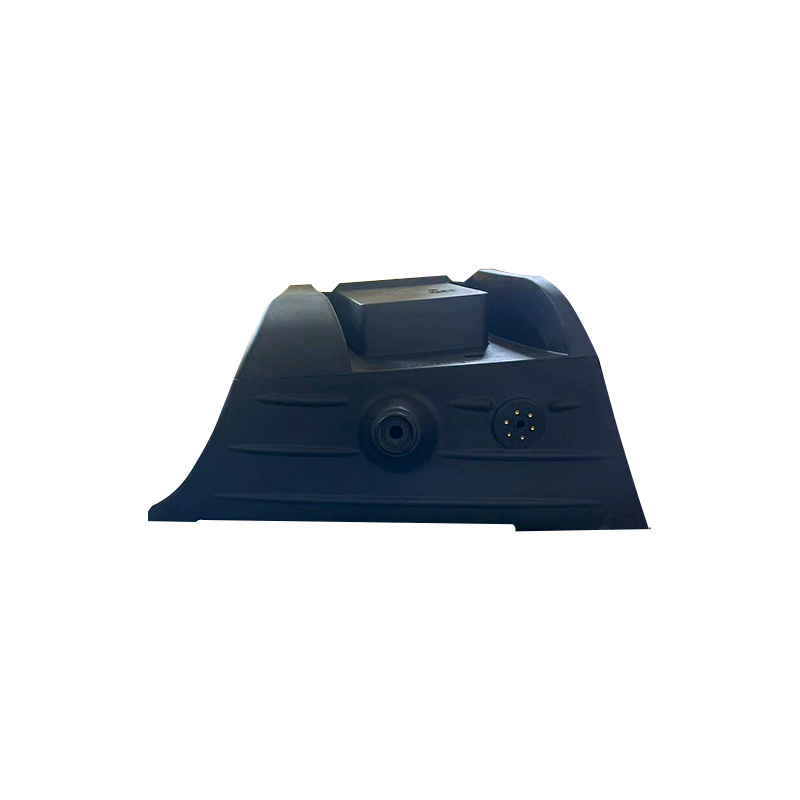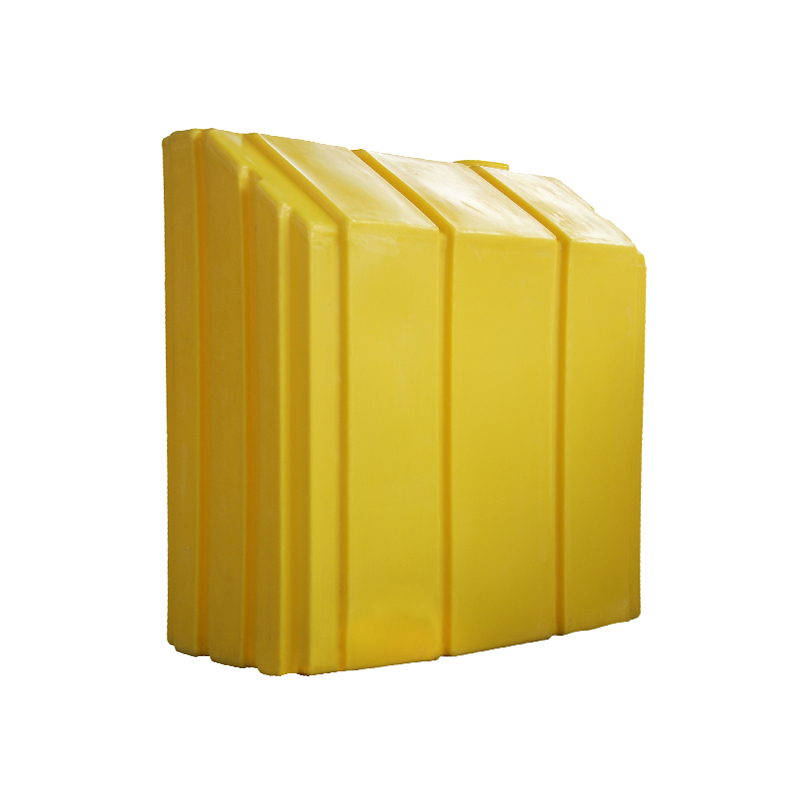Avoid odor and blockage: Precautions in the use of sewage lifting equipment
1. Causes of odor and blockage
Common reasons for odor and blockage of sewage lifting equipment during operation include the following:
Improper equipment selection. If the equipment capacity is too small or the pump head is insufficient, the drainage efficiency will be greatly reduced, and the sewage will stay in the box for too long, which is easy to ferment and deteriorate, and emit odor.
Irrational design of ventilation system is also a common problem. Some equipment is not equipped with a vent pipe, or the pipe outlet is set incorrectly, resulting in the inability to discharge anaerobic gas in the sewage, which can only be backflowed into the room through the bathroom sanitary ware, causing serious odor.
Poor structural design, such as dead corners inside the box and too low water flow rate, will also make it difficult to discharge solid sediments, which will accumulate and stink.
In actual use, improper discharge is also an important factor in blockage. Non-degradable debris such as wet wipes, hair, cotton swabs, grease, etc. enter the pump box, which is very easy to entangle the pump body or block the drainage channel.
Lack of daily cleaning and maintenance will also aggravate the problem. Over time, the accumulation of residues in the pump box, the stagnation of the float, and the failure of the sensor will cause abnormal operation of the equipment.
2. How to effectively prevent odor?
To solve the odor problem of sewage lifting system, there are several aspects to start with.
Installing check valves and sealing covers is very critical. Check valves can effectively prevent sewage from flowing back, while high-quality sealing covers can prevent gas from escaping from the pump box. This is the first line of defense to avoid odor.
Reasonable ventilation pipes must be set up. The ventilation pipe should be connected to the outdoors or the roof to ensure that the gas inside the pump box can be discharged smoothly. If conditions are limited, you can also choose an exhaust valve with activated carbon filtration function to absorb and neutralize odors.
It is also recommended that users clean the sewage tank regularly. During long-term use, sludge and grease will accumulate on the inner wall of the pump box and become the source of odor. It is recommended to clean it once a month or once a quarter. Special deodorizers or bio-enzyme products can be used to safely and efficiently decompose organic residues.
3. How to prevent blockage?
To prevent blockage, start with usage habits. Be sure to avoid pouring non-soluble items such as wet wipes, cotton swabs, plastic bags, diapers, and kitchen scraps into the drain. Especially in public places and commercial buildings, users' awareness of sewage discharge can be strengthened by posting eye-catching reminders.
It is very effective to choose a sewage pump with a cutting function. This type of pump is equipped with a knife disc or a cutting impeller, which can automatically crush the impurities entering, greatly reducing the risk of entanglement and blockage. It is suitable for places with high frequency of use and complex sewage.
If the sewage may contain sand, gravel, broken bones or a large amount of hair, it is recommended to install a coarse grid or a sand settling tank at the front end of the equipment to filter out the particles that are not easy to discharge in advance, so as to reduce the burden on the pump body from the source.
It is equally important to check the float and control system regularly. If the float is stuck or damaged, it will lead to misjudgment of the liquid level, which will prevent the equipment from starting or shutting down normally, and even cause overflow in severe cases. It is recommended to manually test the float response regularly and check whether the alarm and automatic control functions of the electric control box are working properly.
4. Daily maintenance suggestions for sewage lifting system
If you want the sewage lifting system to operate stably for a long time, you must do a good job of daily maintenance. Here, users are advised to perform equipment maintenance at the following rhythm:
Perform an appearance inspection of the equipment once a month. Check whether the box has water seepage, leakage or odor problems, and check whether the ventilation pipe is unobstructed and the drainage is smooth.
Every quarter, the pump body and pump box should be thoroughly cleaned. After the pump box is emptied, use a brush or high-pressure water gun to clean the inner wall and sediment, and remove the dirt attached to the float and sensor.
Every six months to one year, it is recommended to have a professional conduct a comprehensive inspection. This includes the motor operation status, control system, sealing performance, check valve function, etc. Replace worn parts or aging seals in time to avoid major failures caused by minor problems.


 English
English عربى
عربى
